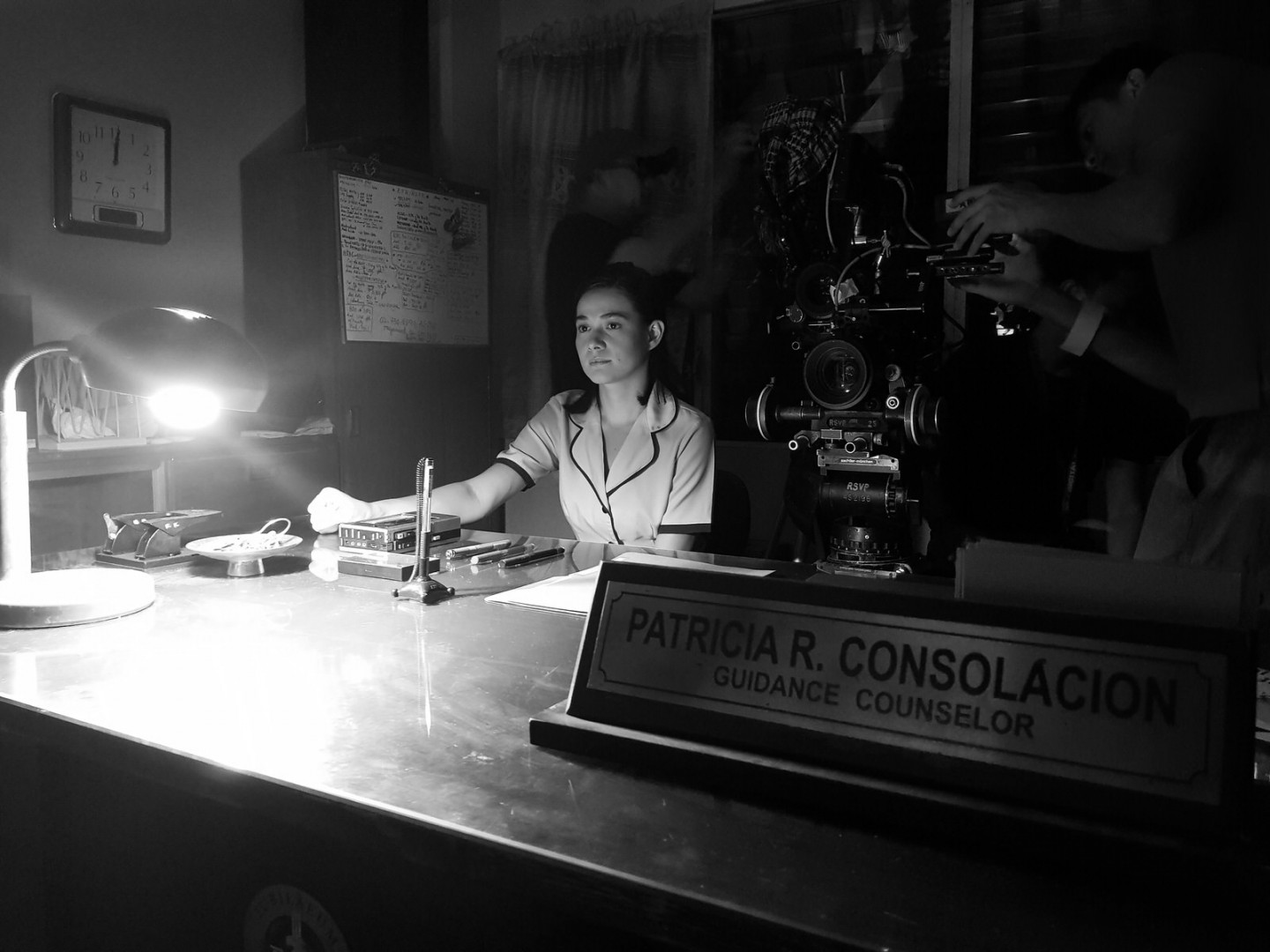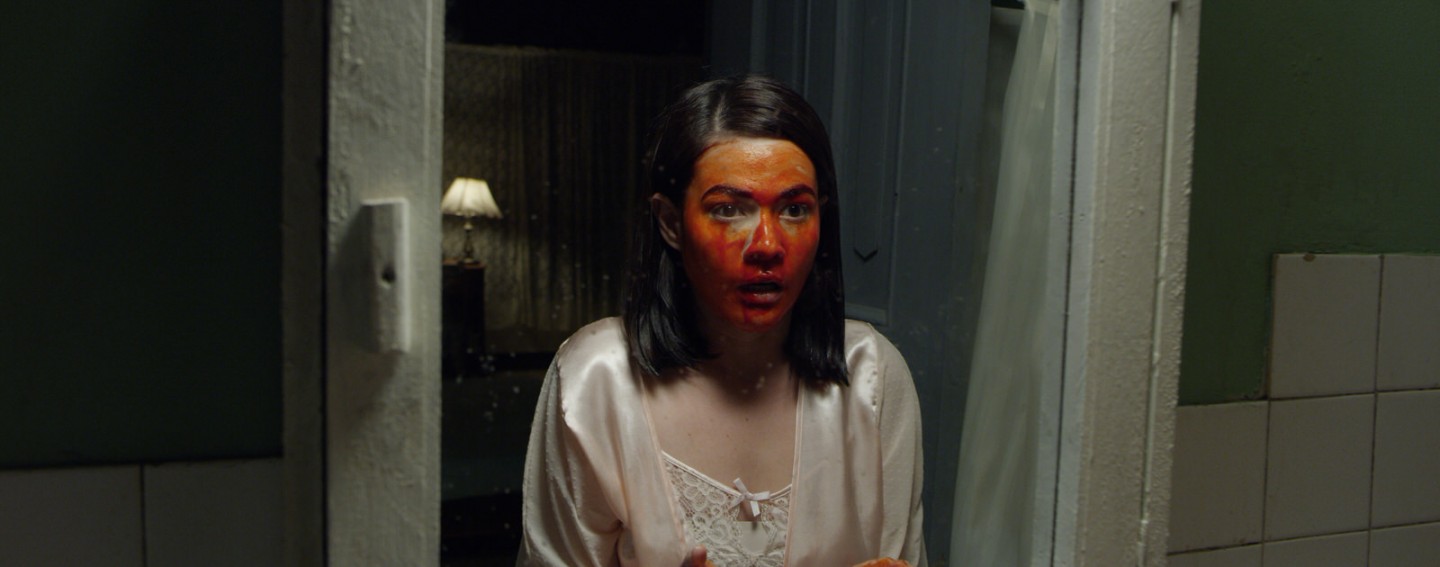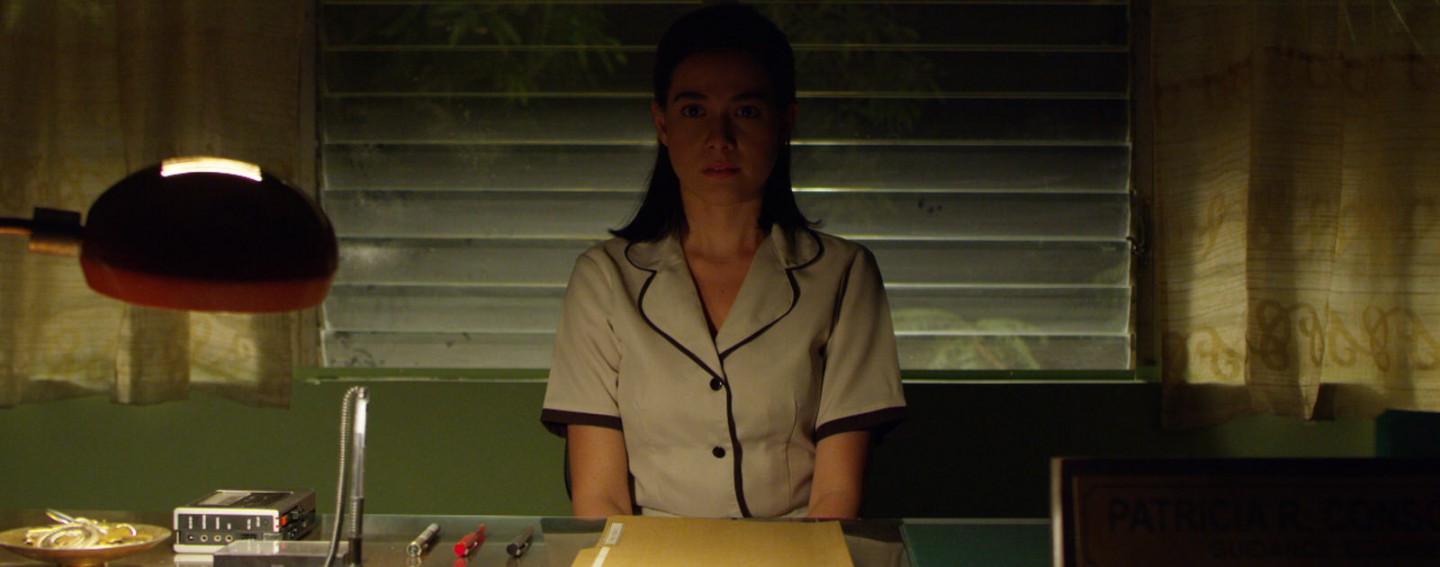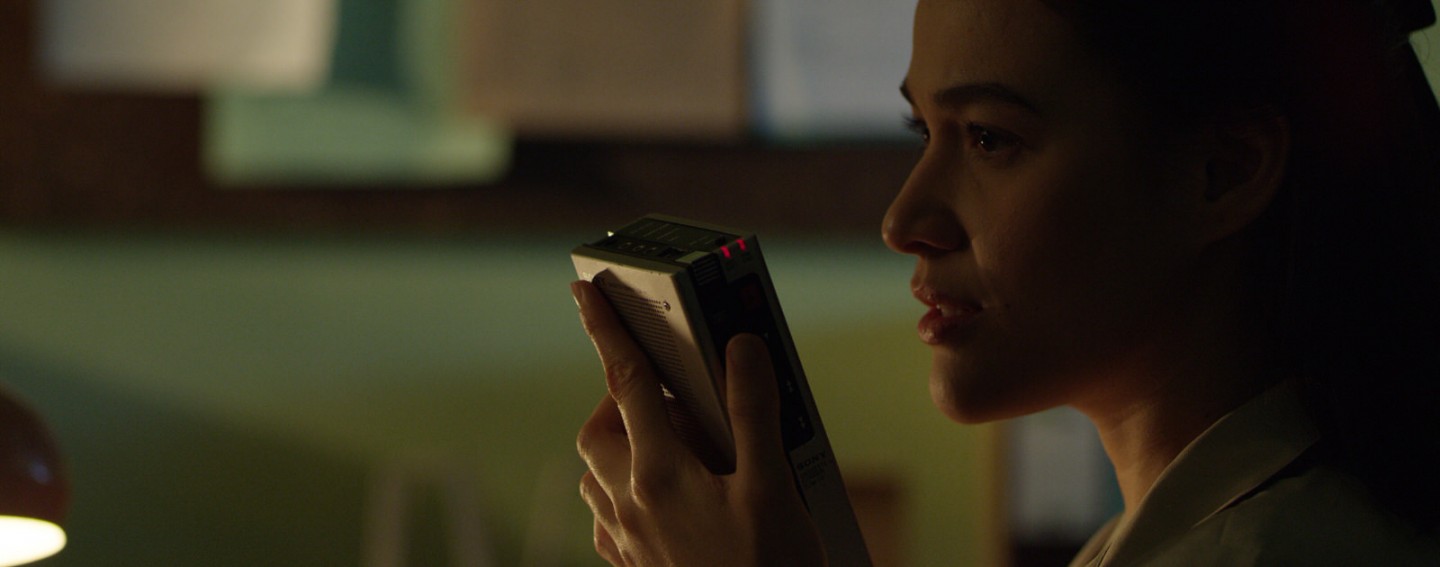
How can we contextualise the resurgence of horror movies with the state of Filipino filmmaking today? As Halloween stealthily approaches, Sai Villafuerte speaks with award-winning film director Mikhail Red on what it takes to tackle one of cinema’s most challenging genres.
Horror is cinema’s new black. Last year, Andrés Muschetti’s rendition of It (2017) made the biggest-ever opening weekend of horror since Paranormal Activity 3, banking nearly $180m worldwide (the latter, on the other hand, made $53m in 2011). “What spawned this horror renaissance?” asks Scott Meslow of GQ. “Will the new golden age of scary movies save cinema?” posed The Observer.
It was not an isolated case. Similar connotations are made with films like The Babadook (2014), Get Out (2017) and Hereditary (2018) – all of which received the critical and commercial successes that horror flicks frequently fail to accomplish. Critics are branding this emerging breed “post-,” “prestige,” or “elevated” horror – a sub-genre that departs from the cheap, gory and lacklustre qualities associated with traditional horror by including more cerebral motifs often seen in dramas or thrillers. Both The Babadook and Hereditary grapple with complex subjects of grief and family, while Get Out is poignant in its depiction of race relations in America.
But can the same case be made for the horror genre in the Philippines? It isn’t widely known that the Philippines has a rich history of homegrown horror which, after romantic comedies, is the most popular genre in the country. This includes Eddie Romero’s monstrous The Twilight People (1972), Chito S. Roño’s supernatural Feng Shui (2004) and Erik Matti’s demonic Seklusyon (2016). Even the Shake, Rattle and Roll anthology proves the Philippines’ dedication to horror, having churned out fifteen film instalments since 1984.

Mikhail Red, photographed by Sai Villafuerte
“We make a lot of “camp” or “pop” horror, which is more colourful, magical and fantastical,” says Mikhail Red, director of the critically-acclaimed Birdshot (2016) – the first Filipino film to premiere on Netflix. Red is wrapping up the post-production stages of his first stab in horror, Eerie. Set in the mid-1990s, the film follows Pat Consolacion (Bea Alonzo) who, during the day, is a guidance counselor in an all-girls’ Catholic school. At night, she is a clairvoyant who communicates with ghosts. The inciting incident, however, is that a student is found murdered – a case which Pat seeks to investigate. “There are no living witnesses, so she has to consult the “sole” witness,” Red jokes.
Eerie is loosely based on the Japanese urban legend of Hanako-san, the spirit of a girl who haunts school bathrooms. Hanako’s origins remain ambiguous: some say she was a casualty of an air raid during the Second World War; others suggest she was a victim of bullying, which ultimately led to her death. It is no coincidence that this story began to circulate in the Philippines following the Japanese occupation in the late 1940s when the urban legend became popular. In fact, modern Filipino folklores are often tinged with Spanish, Chinese and Japanese influences involving Catholic symbolism, Taoist superstitions and ghostly post-war imagery.
In the Philippines, religious schools are most susceptible to such tales. Miriam College, an all-girls’ Catholic high school in Quezon City, is notorious for the creepy cubicle occupants in its bathrooms; Saint Pedro Poveda College, another all-girls’ Catholic high school, is home to the infamous Ursula – the spirit of a young girl who haunts the garden behind the school chapel. For young Povedans transitioning into intermediate grade school, walking through these gardens has become an initiatory rite.
“I’ve always wanted to make a film about growing up in a conservative, Catholic environment,” Red remarks. “My cast, including myself, all relate to going to a religious school with these same urban legends and where strict nuns forced piety instead of patience.” In fact, there is a layer to Eerie that makes it more than just your typical horror film. In terms of form, it uses a classic ghost story in a controlled and minimalist way, using genre as a vehicle to smuggle subtext.
“Starting with a familiar urban legend helps the audience digest the subtext much better,” Red says. “I like films that feel like an allegory,” using the taboo topic of mental health as a starting point. “In Eerie, Pat is considered a figure of science in this [religious] institution, counselling children who grow up to be incredibly repressed.” Using genre as a vehicle to carry a message is an industry-wide practice, but Red wants to make this more apparent to the Filipino audience. “Filipinos want that escape factor, so “shout-and-laugh” thrill rides like the Insidious and The Conjuring series tend to receive more screen time.” He believes, though, that the movie-going population is more intelligent than that. “Eerie is bleaker. It’s the type of horror film where nobody says a word when the credits start rolling. It’s very dark and heavy, emotionally.”
Execution, form and prose are what differentiates the “Horrorwood” blockbusters from the independent shockers. While this is not a unique condition in the Philippines, there is a tendency to follow a general trend.
“There’s this certain flavour the studios use in their own horror films,” he asserts, “but not a lot of them have been daring.” Red praises these notable examples of films that go against the generic studio formula: Dodo Dayao’s debut film, Violator (2014), follows a series of supernatural events after a typhoon hits Manila; or Sherad Anthony Sanchez’s experimental take on the found footage style, Salvage (2015), where a news team, investigating ghost killings, find themselves lost in a haunted forest. Horror is a very technical genre, Red stresses, where one mistake can ruin an entire scare.
“When you miss your focus marker or if your dolly is an inch too slow during the push in, it can really take you out of the immersion,” he warns. “These are elements I can’t control so, in a sense, a strong team that understands the genre is essential for an effective horror film. It’s not something you can just be an auteur with.”
How, then, does one go about crafting the perfect scare? Red remains ambivalent. “Here’s the thing, it’s been a while since a horror film has scared me because I’ve seen almost every one I can muster,” he laughs. “So it’s hard, as a filmmaker, to know whether your scare works if you’re not scared yourself.” Horror films from the big studios tend to recycle the same old tropes – not because they can’t do any better, but they’re simply sticking with what sells. “It’s always about a family under siege from elements of the afterlife,” Red observes, “that’s the usual structure.”
Perhaps its insistence on breaking away from this usual structure is what makes Eerie a compelling calibre of Filipino horror. Typically filtered through its localised distribution system, it is the first Star Cinema film, the largest Filipino production company in terms of box office and production value, to collaborate with international partners: Aurora Media, a Singaporean financing company, and Toronto-based distributor 108 Media. Moreover, Eerie actresses Bea Alonzo and Charo Santos-Concio are two of the Philippines’ most sought-after celebrities, exclusively doing work for ABS-CBN, Star Cinema’s mother company. Combined with its stark themes and A-list appearances, Eerie is a remarkable feat in Filipino horror cinema which rarely receives international visibility.
After all, horror is one of the safest ways for financiers to make a return on their investment, giving filmmakers three of the things they want most: feasibility, as well as commercial and critical success. Thematically, horror films are not as risky as a drama and they are inexpensive compared to a live action movie. “Eerie is somewhere between the big-studio horrors and the art-house festival films,” Red notes. “It’s represented by the production company that makes the country’s most popular horror films. But because it has international partners, it’s also going through the festival circuit which, arguably, has a more niche audience.” Indeed, this is not far-fetched from the strategy used by independent film company A24 which has produced and distributed some of the most successful horror films in recent memory, including The Witch (2015), It Comes At Night (2017) and the unforgettable Hereditary.
“This resurgence in horror has opened the floodgates for many filmmakers,” Red says. “For me, it’s the perfect vehicle for the message I want to say.” In contemplating his nationwide release, Red looks restless. “It’s going to be weird, but that’s why it’s exciting at the same time.”
Eerie is premiering internationally at the Singapore International Film Festival in December 2018. A nationwide release is set for early 2019.







